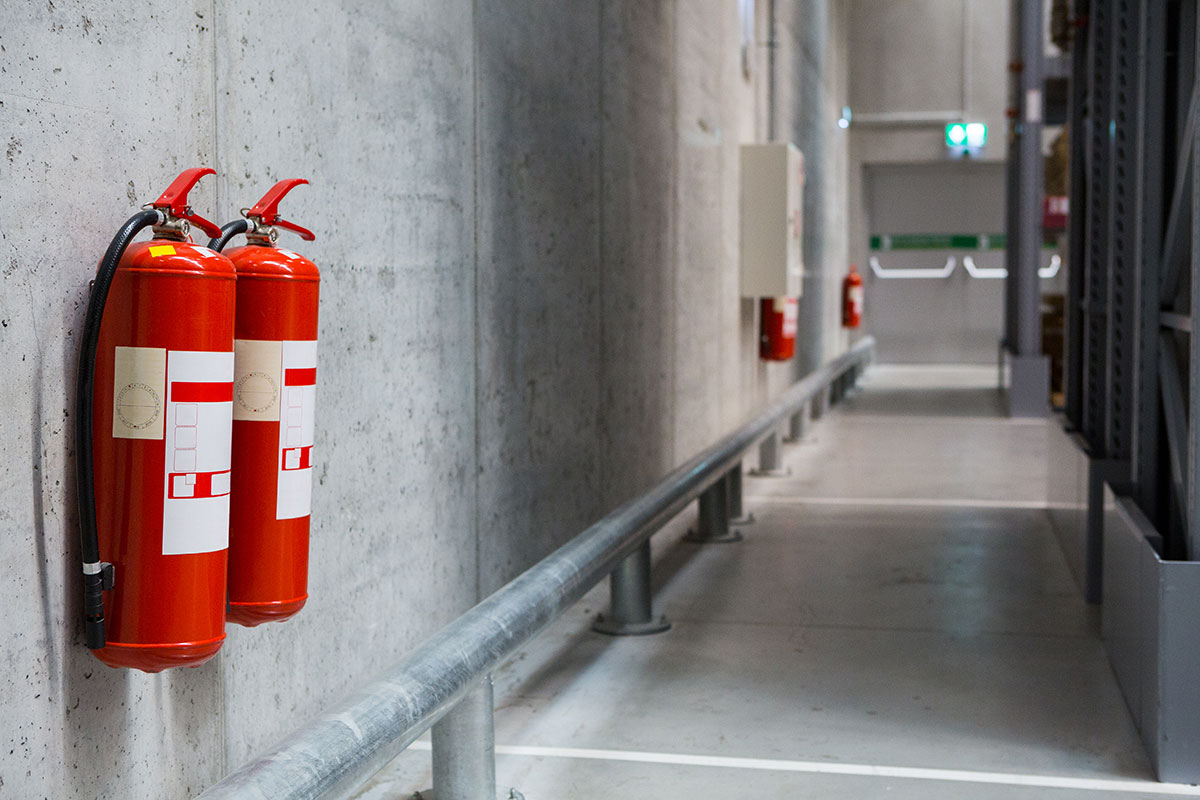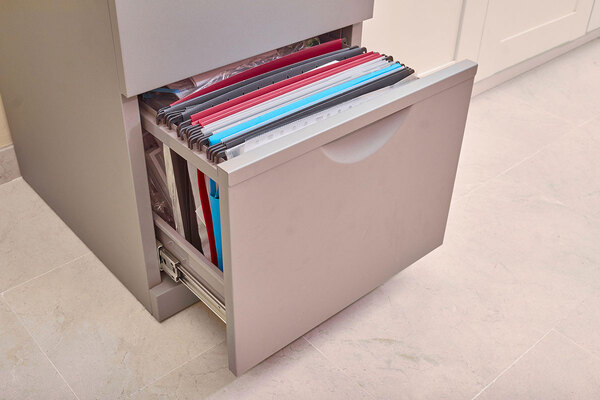You are viewing 1 of your 1 free articles
Disagreement in industry over cladding and no standards for fire doors, report finds
Research commissioned by the Office for Product Safety and Standards (OPSS) has found disagreement in the industry over what a cladding product is and no standards for fire doors and other fire barriers.
The Construction products supply chain report, published by the OPSS this month, revealed that “information about products and their correct installation methods was found to be often poorly disseminated through the supply chain”.
The research was commissioned in 2021 after the OPSS was appointed to oversee the national regulation of construction products, to provide a deeper understanding of the market and certain supply chains.
The findings come around four months after the conclusion of the Grenfell Tower Inquiry, which found that “systematic dishonesty” by product manufacturers was a “very significant reason” why the block was clad in such dangerous materials.
Evidence was gathered through a literature review and collecting information from key stakeholders across the UK via questionnaires, interviews and workshops.
Researchers found there is uncertainty in the overall definition of a fire door, as the definition is dependent on the type of standard used.
The report stated: “There are designated standards for external fire doors. However, there are no designated standards for internal fire doors.”
Plus, there are no industry-wide standards for maintenance, servicing and refurbishment of fire doors in existing buildings, which creates a regulatory void.
At the same time, fire-door products often use cascaded evidence of fire performance, which can create some challenges for the performance and safety of products, according to the report.
For cladding, the complexity of the product was blamed for causing “disagreement within the industry as to what constitutes a cladding product”.
“The supply chain varied greatly depending on the type of cladding products and whether the cladding is sold as a system, or the components are bought separately,” according to the researchers.
On insulation, the report revealed that “distributors usually supply little information with the insulation products that they sell”.
The study also focused on a subset of the whole broad fire-barrier product range, which are known as fire stops or fire stopping. In the UK, there are currently no designated standards for these fire-stopping products, but several voluntary initiatives operate.
The evidence suggested there is no well-established installation training for fire stopping in the UK industry.
Ultimately, the report concluded: “The information about products and their correct installation methods was found to be often poorly disseminated through the supply chain.
“A risk related to original specification not being adhered to or becoming lost to select and install the correct product was also identified when procurement takes the lead rather than compliance and performance.
“The study also found some confusion among stakeholders relating to information provision requirements, with many construction workers believing that some voluntary standards/regulations are mandatory, thus requiring compliance.”
In response, the Construction Products Association (CPA), which represents manufacturers and distributors of construction products and materials, merely pointed out how fire-resistance ratings of fire doors are covered by BS EN 1634.
While BS 9999 is the code of practice for fire door safety in the design and management and use of buildings, it provides detailed guidance on fire door inspections and maintenance.
On cladding, the CPA said it “was not aware of any body collecting data on the utilisation of cladding systems”.
Similarly on fire stops, a CPA spokesperson added: “There are numerous fire-barrier products on the market, and as far as I know there is no recognised training of operatives for these fire stops.”
In response to the OPSS report, a government spokesperson said: “We have tightened fire safety standards significantly since the Grenfell tragedy to ensure that everyone lives in a safe home.
“That includes the creation of new regulators and a new building safety regime to ensure that designers and developers are using products which will keep people safe. We continue to monitor this and will make further changes if necessary.”
The government confirmed the OPSS will now consider the content of the research alongside its intelligence-gathering and market surveillance work. This will allow it to best target regulatory activity towards construction products that may warrant further investigation, or where there may be specific allegations of non-compliance.
The Building Safety Regulator declined to comment on the report.
In January 2024, then-housing minister Lee Rowley said his government was “committed” to tackling construction product safety, but refused to say when it will respond to a major post-Grenfell review published in 2023.
In evidence to MPs, Mr Rowley said the response to the Testing for a Safer Future review would come “soon”, but was unable to commit to a date.
The 174-page review, authored by former government construction advisor Paul Morrell and barrister Anneliese Day, was strongly critical of the current construction product regime. It argued that many standards are “outdated, inconsistent or non-existent”.
This separate report was commissioned in the wake of the Grenfell Tower fire, which killed 72 people and thrust construction product safety into the spotlight.
The current Labour government has also yet to respond to the Testing for a Safer Future review.
Sign up for our fire safety newsletter
Already have an account? Click here to manage your newsletters












